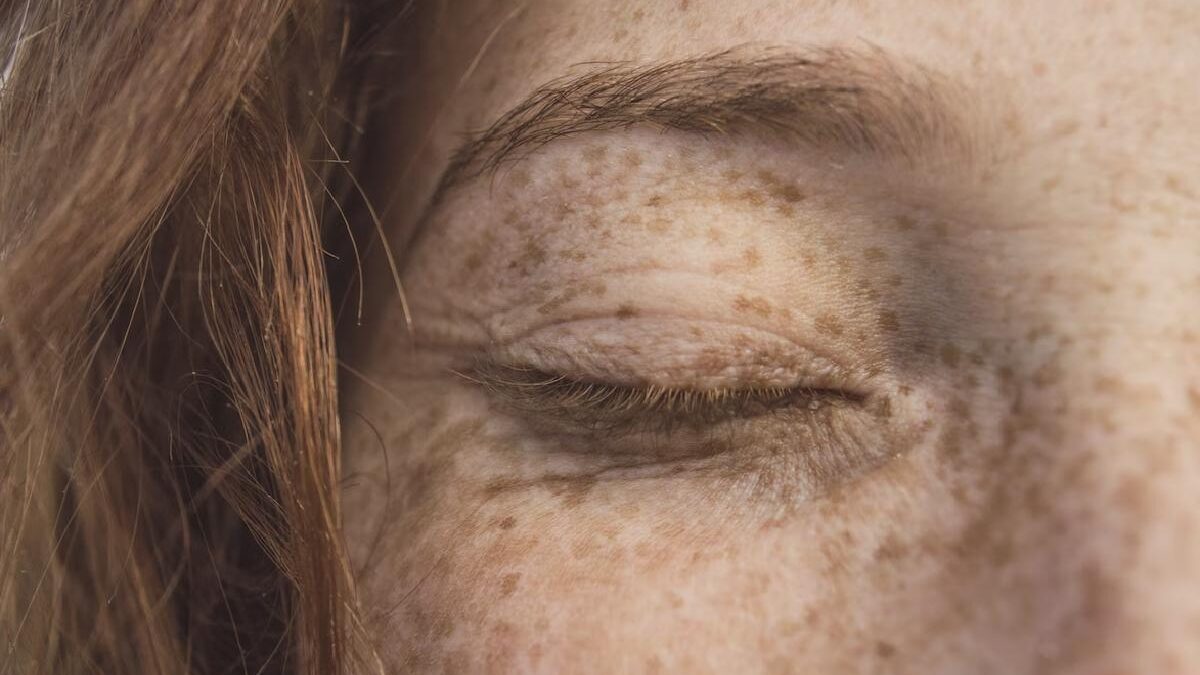Only 5% of the world’s population has freckles – Light-skinned people are more likely to present them because the skin is more sensitive to sunlight. In this note, Billiken tells you how they are formed. Throughout the world, human beings are very different. Many cultures, ethnicities and races make planet earth a diverse place. Different types and tones of hair and skin, for example, are in plain sight. But there are some somewhat more specific characteristics that few people share.
Only 5% of the world’s population has freckles.
Light-skinned people are more likely to present them because the skin is more sensitive to sunlight. They generally appear in the most exposed body shares, such as the expression, hands, arms, neck and legs.
What are freckles?
Freckles are tiny dots containing large amounts of melanin, the protein responsible for colouring in the casing, eyes, and hair.
This protein can react to sunlight and thus produces skin darkening.
In some people, melanin is produced evenly throughout the skin, but in others, it is made in tiny clumps that darken when exposed to sunlight, resulting in freckles. However, it is not cruel that those with freckles produce more melanin than others, but that it is deposited unevenly.
And you also interested: What is Heterochromia, the characteristic that 1% of the world population has
It occurs when there is too little melanin in the body, the compound that creates pigment. It can occur in both people and animals. In this note, Billiken tells you more about it.
Throughout the world, human beings are very different. Many cultures, ethnicities and races make planet earth a diverse place. Different types and tones of hair and skin, for example, are in plain sight. But there are some somewhat more specific characteristics that few people share.
On this great and vast planet Earth, 1% of people have what known as Heterochromia, an abnormality of the eyes in which the irises are a different colour. Heterochromia can be total; the eyes are different colours, or it can be partial, with a section of the iris that is different from the rest in both eyes.
Heterochromia occurs.
When a person or an individual of another animal species has too much or too little melanin in the body, the compound that creates pigment found in animals and plants.
The iris a membrane between the cornea and the crystalline lens, whose primary function is to regulate the amount of light that arrives at the retina through the pupil. In addition, this membrane fulfils another exclusively aesthetic property: determining the colour of our eyes.
Inside the iris are melanocytes, cells that contain the pigment called melanin. Depending on the quantity, colour and location within the iris, the colour of the eyes will be of one type or another. If the distribution of these melanocytes occurs evenly throughout the iris (which is more common), the eyes acquire an intense colour between brown and black. On the contrary, if these melanocytes concentrated on the posterior surface of the iris (something much less frequent), the colour of the eyes will lighter: green or blue.

